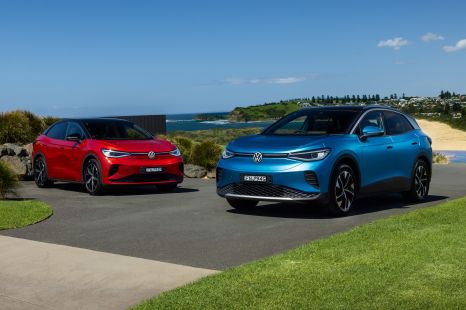

Damion Smy
Australian new-car buyers sitting on the fence when it comes to EVs, says VW
1 Hour Ago
Ineos and Hyundai are tying up to propagate hydrogen and there could be a fuel-cell Grenadier – and it doesn’t seem like vapourware.

News Editor
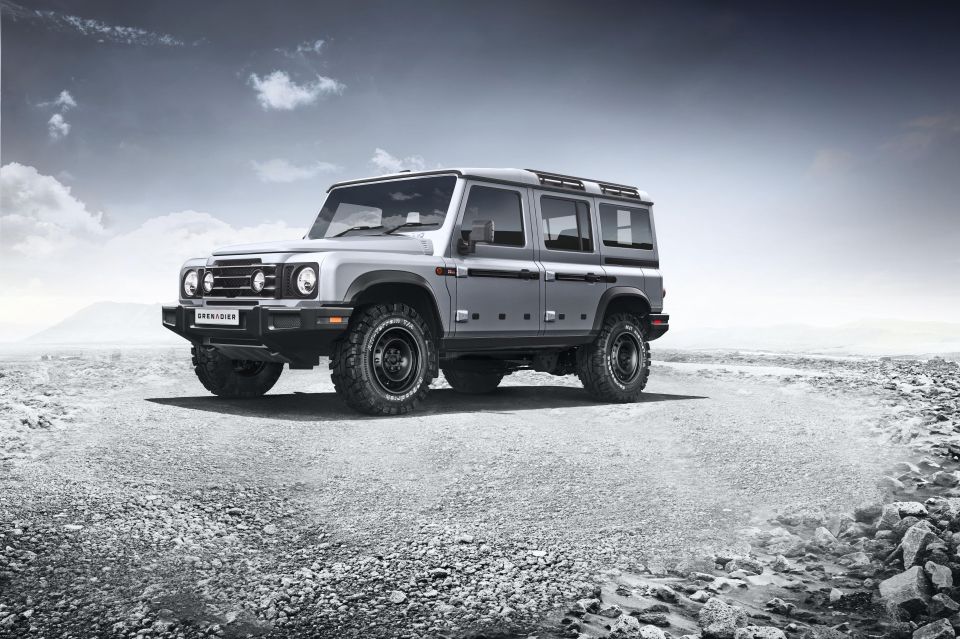

News Editor
The Land Rover Defender-inspired Ineos Grenadier could be powered by hydrogen fuel-cell technology supplied by Hyundai.
Ineos and Hyundai have signed a memorandum of understanding to “explore together new opportunities in the hydrogen economy” and to create a value chain in Europe.
In addition to working together on the production and supply of hydrogen and exploring applications for it in both the public and private sectors, Ineos is also looking at integrating the technology into the Grenadier.
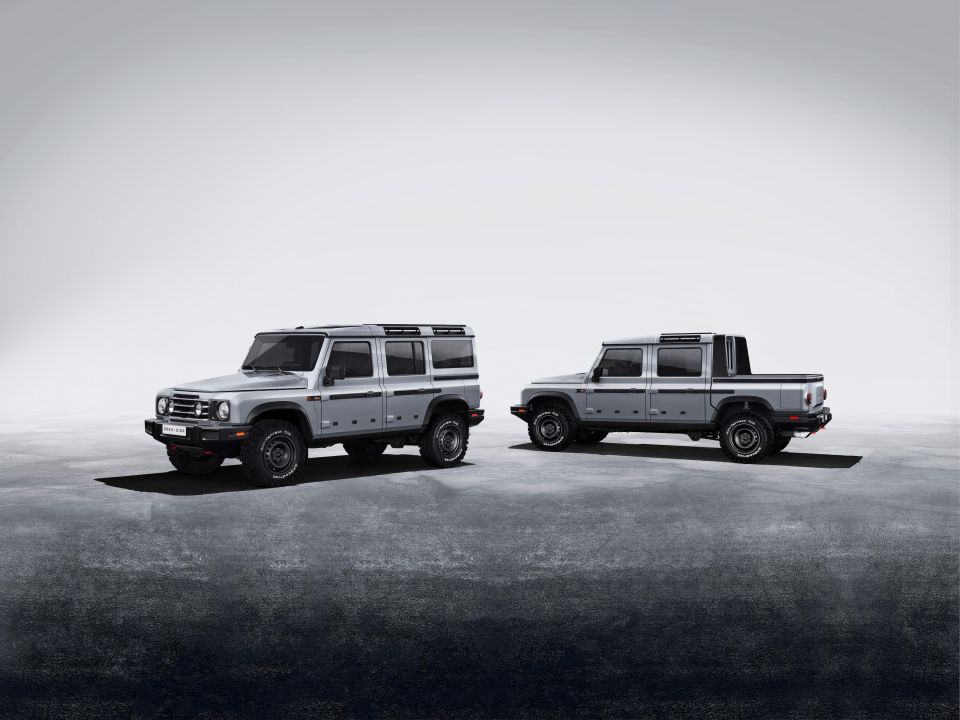
The British company revealed its body-on-frame SUV earlier this year with two inline six-cylinder engines supplied by BMW, one a petrol and the other a turbo-diesel, but has said it wants to diversify its powertrain options further.
The nascent automaker was founded by billionaire Sir Jim Ratcliffe, chairman of multinational petrochemical giant Ineos.
The corporation already produces 300,000 tons of hydrogen each year as a by-product from its chemical manufacturing and, through its subsidiary Inovyn, is also Europe’s largest existing operator of electrolysis – technology using renewables to produce hydrogen.
The tie-up is therefore a good match: Ineos develops the hydrogen, Hyundai has the technology to put it to use in vehicles.
Hyundai has been developing hydrogen fuel-cell vehicles for some time. It introduced its first hydrogen vehicle and the world’s first mass-produced hydrogen car, a conversion of the Tucson/ix35, in 2013.

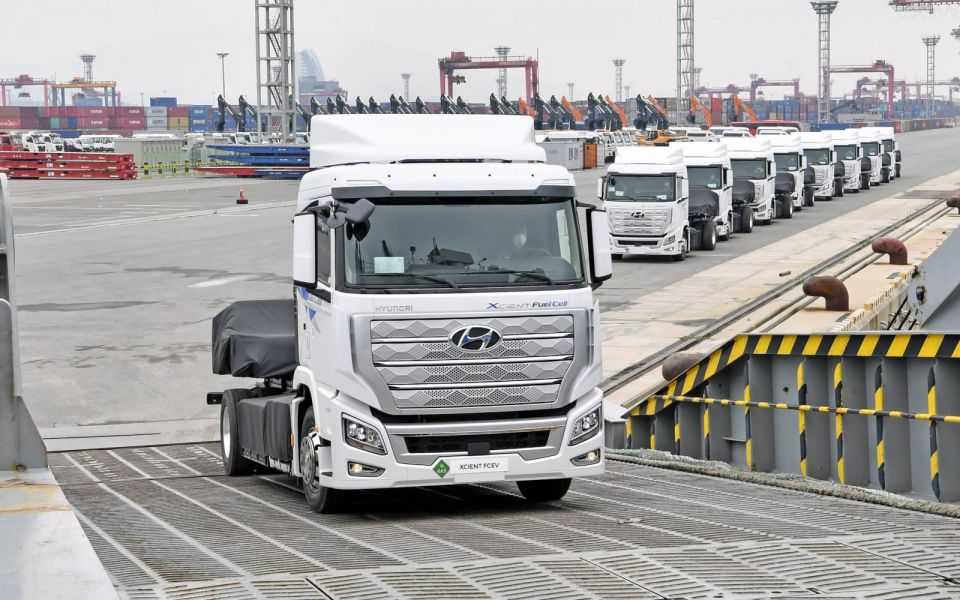
It currently offers the Nexo, a Tucson-sized crossover designed specifically for fuel-cell technology. It received Australian Design Rules certification earlier this year and 20 examples have been imported for use in fleets in the ACT.
Hyundai has also developed the hydrogen-powered Xcient Fuel Cell heavy truck, of which 50 examples are being rolled out in Switzerland this year. The company aims to have 1600 units on the road by 2025.
The Korean automaker has also set a goal to increase annual production of hydrogen fuel-cell systems to 700,000 by 2030.


In addition to sourcing fuel-cell technology from Hyundai and engines from BMW, Ineos has also contracted other companies in developing its Grenadier.
It’s sourcing its transmissions from ZF and its beam axles from tractor specialist Carraro, while its development has been led by Magna Steyr.
Additionally, Ineos is in talks with Daimler and the French government to buy the German giant’s Smart factory in Hambach, with production of the Grenadier set to start in 2022.
William Stopford is an automotive journalist with a passion for mainstream cars, automotive history and overseas auto markets.


Damion Smy
1 Hour Ago
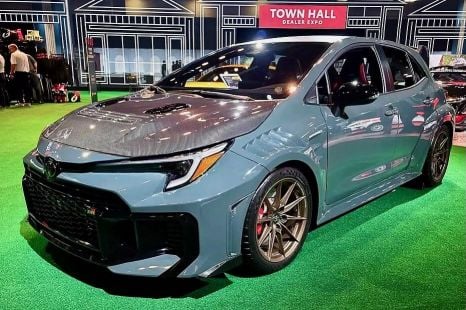

Ben Zachariah
2 Hours Ago


CarExpert.com.au
2 Hours Ago
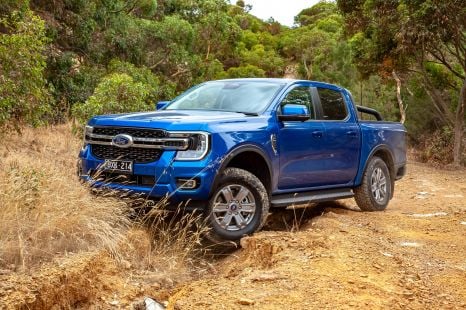

William Stopford
4 Hours Ago
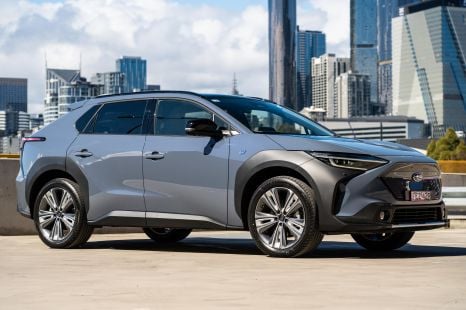

William Stopford
4 Hours Ago


Derek Fung
7 Hours Ago